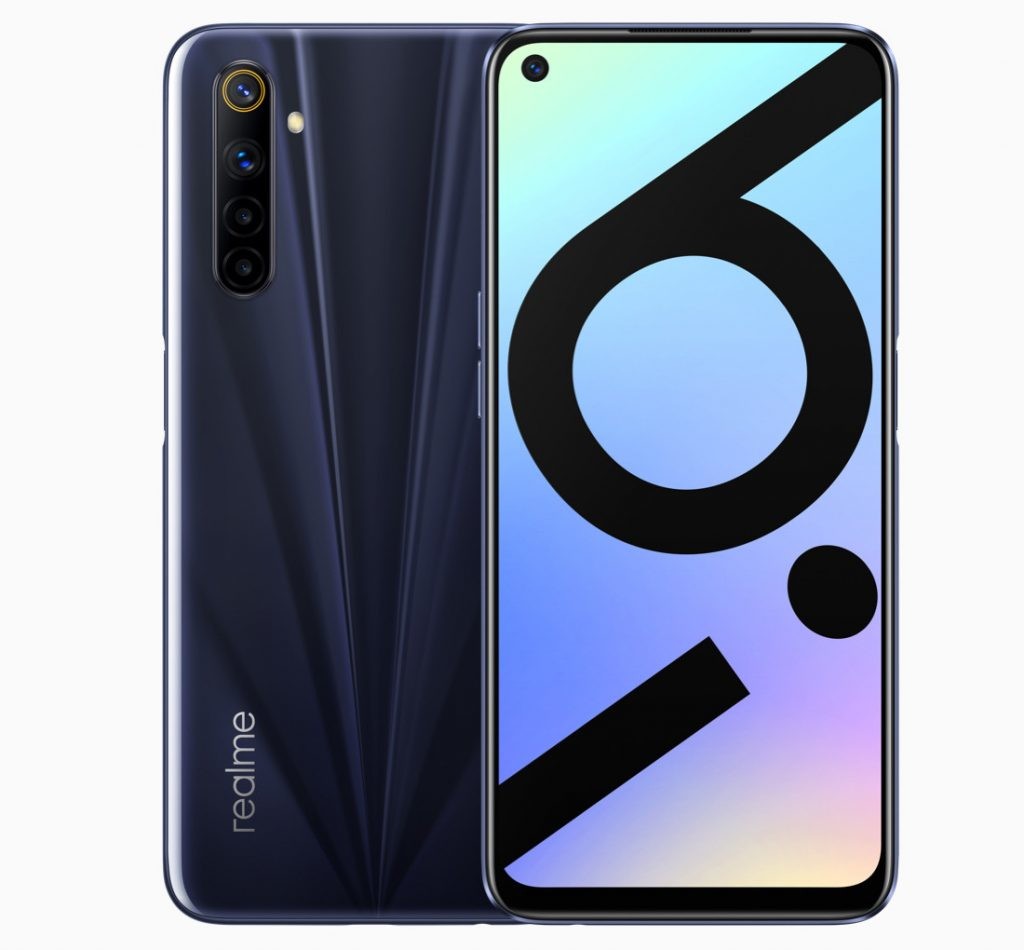Recently, Xiaomi launched the Redmi Note 9 in India its the tone-down variant of the Redmi Note 9 Pro Max. The Redmi Note 9 is a budget mid-range smartphone featuring 48 MP quad cameras, 12nm MediaTek Helio G85 CPU, and a large 5,020 mAh battery. Here’s our hands-on with the Redmi Note 9.
![Xiaomi Redmi Note 9 Hands-On [Images] 1 Redmi Note 9 Hands On Review 4](https://www.mobigyaan.com/wp-content/uploads/2020/07/Redmi-Note-9-Hands-On-Review-4.jpg)
Xiaomi Redmi Note 9 Specifications
- Display: 6.53-inch Full HD+ display with 2340 × 1080 pixels resolution, 450nit brightness, and Corning Gorilla Glass 5 protection
- Software: MIUI 11 based on Android 10
- Protection: Corning Gorilla Glass 5 (front), Splash resistant (P2i coating)
- CPU: 12nm MediaTek Helio G85 octa-core SoC
- Memory: 4 GB OR 6 GB LPPDDR4X RAM
- Storage: 64 GB + 128 GB UFS 2.1, expandable up to 512 GB with microSD card
- Rear Camera: Quad Cameras, 48 MP rear cameras with Samsung GM1 sensor, f/1.79 aperture + 8 MP 118° ultra-wide-angle lens with f/2.2 aperture + 2 MP macro lens + 2 MP depth sensor
- Selfie Camera: 13 MP, f/2.25 aperture
- Others: Fingerprint sensor, IR sensor
- Connectivity Options: Dual SIM, 4G VoLTE, Wi-Fi 802.11 ac (2.4 GHz + 5 GHz), Bluetooth 5, GPS + GLONASS, and USB Type-C port
- Colors: Aqua Green, Arctic White, and Pebble Grey
- Battery: 5,020 mAh, 22.5W fast charging
- Price: ₹11,999 (4 GB + 64 GB), ₹13,499 (4 GB + 128 GB), ₹14,999 (6 GB + 128 GB)
- Availability: 24th July via online and offline stores
As we know, the Redmi Note 9 Series is the 9th generation smartphones and the Redmi Note 9 is the successor to the last year’s Redmi Note 8 which was launched at Rs 9,999, however, the price for the Redmi Note 9 is Rs 11,999, about 16% higher comparatively.
Smartphones in this range usually offer a polycarbonate design, the Redmi Note 9 offers Corning Gorilla Glass 5 on the front and a glossy finish polycarbonate design on the back. There’s hardly any difference on the design front when compared to the Redmi Note 9 Pro Max, the quad-camera design resembles the Redmi Note 9 Pro Max.
Just like the predecessor, the physical fingerprint scanner is on the backside, not side-mounted on the power button like the Redmi Note 9 Pro Max. On the front side, you will find a 6.53-inch Full HD+ IPS DotDisplay display with a screen cutout for housing the selfie camera. The Redmi Note 9 Series is the first to get the punch-hole design and it’s the current smartphone trend.
![Xiaomi Redmi Note 9 Hands-On [Images] 2 Redmi Note 9 Hands On Review 8](https://www.mobigyaan.com/wp-content/uploads/2020/07/Redmi-Note-9-Hands-On-Review-8.jpg)
![Xiaomi Redmi Note 9 Hands-On [Images] 3 Redmi Note 9 Hands On Review 10](https://www.mobigyaan.com/wp-content/uploads/2020/07/Redmi-Note-9-Hands-On-Review-10.jpg)
![Xiaomi Redmi Note 9 Hands-On [Images] 4 Redmi Note 9 Hands On Review 3](https://www.mobigyaan.com/wp-content/uploads/2020/07/Redmi-Note-9-Hands-On-Review-3.jpg)
![Xiaomi Redmi Note 9 Hands-On [Images] 5 Redmi Note 9 Hands On Review 7](https://www.mobigyaan.com/wp-content/uploads/2020/07/Redmi-Note-9-Hands-On-Review-7.jpg)
![Xiaomi Redmi Note 9 Hands-On [Images] 6 Redmi Note 9 Hands On Review 1](https://www.mobigyaan.com/wp-content/uploads/2020/07/Redmi-Note-9-Hands-On-Review-1.jpg)
The Redmi Note 9 offers quad cameras, the 48 MP f/1.79 being the main rear camera using the Samsung GM1 sensor, while the rest three are 8 MP f/2.2 ultra-wide-angle 118-degree lens, 2 MP macro lens, and 2 MP depth sensor. The front side has a standard 13 MP f/2.25 camera.
Under the hood, the phone is powered a 12 nm MediaTek Helio G85 octa-core chip unlike its upper variant, the Redmi Note 9 Pro Max which uses a Qualcomm Snapdragon 720G SoC. Moreover, the phone comes with up to 6 GB LPDDR4X RAM and 128 GB UFS 2.1 storage that expands via microSD card. The Redmi Note 9 runs on the latest MIUI 11 built over the Android 10.
On the battery side, the phone packs a 5,020 mAh battery with 22.5W fast charging support. The upper sibling Redmi Note 9 Pro Max offers quicker 33W fast charging. At this point, the charging is capped at 18W due to a software lock, an update will soon be rolled out which will enable 22.5W charging capabilities on Redmi Note 9.
On the bottom side, the phone has a USB Type-C port, loudspeakers, 3.5 mm jack, and a microphone. You will find an IR sensor and another microphone for noise cancellation. On the right side, you see a power button and volume controls while the left side has a triple-slot SIM tray.
![Xiaomi Redmi Note 9 Hands-On [Images] 7 Redmi Note 9 Hands On Review 9](https://www.mobigyaan.com/wp-content/uploads/2020/07/Redmi-Note-9-Hands-On-Review-9.jpg)
![Xiaomi Redmi Note 9 Hands-On [Images] 8 Redmi Note 9 Hands On Review 2](https://www.mobigyaan.com/wp-content/uploads/2020/07/Redmi-Note-9-Hands-On-Review-2.jpg)
![Xiaomi Redmi Note 9 Hands-On [Images] 9 Redmi Note 9 Hands On Review 6](https://www.mobigyaan.com/wp-content/uploads/2020/07/Redmi-Note-9-Hands-On-Review-6.jpg)
![Xiaomi Redmi Note 9 Hands-On [Images] 10 Redmi Note 9 Hands On Review 5](https://www.mobigyaan.com/wp-content/uploads/2020/07/Redmi-Note-9-Hands-On-Review-5.jpg)
The Redmi Note 9 comes in three variants, one with 6 GB RAM and 128 GB being the top variant priced at Rs 14,999, the second with 4 GB RAM and 128 GB storage is priced at Rs 13,499, and the last being the base variant with 4 GB RAM and 64 GB storage is priced at Rs 11,999.
We will be reviewing the Redmi Note 9 soon, stay tuned.

